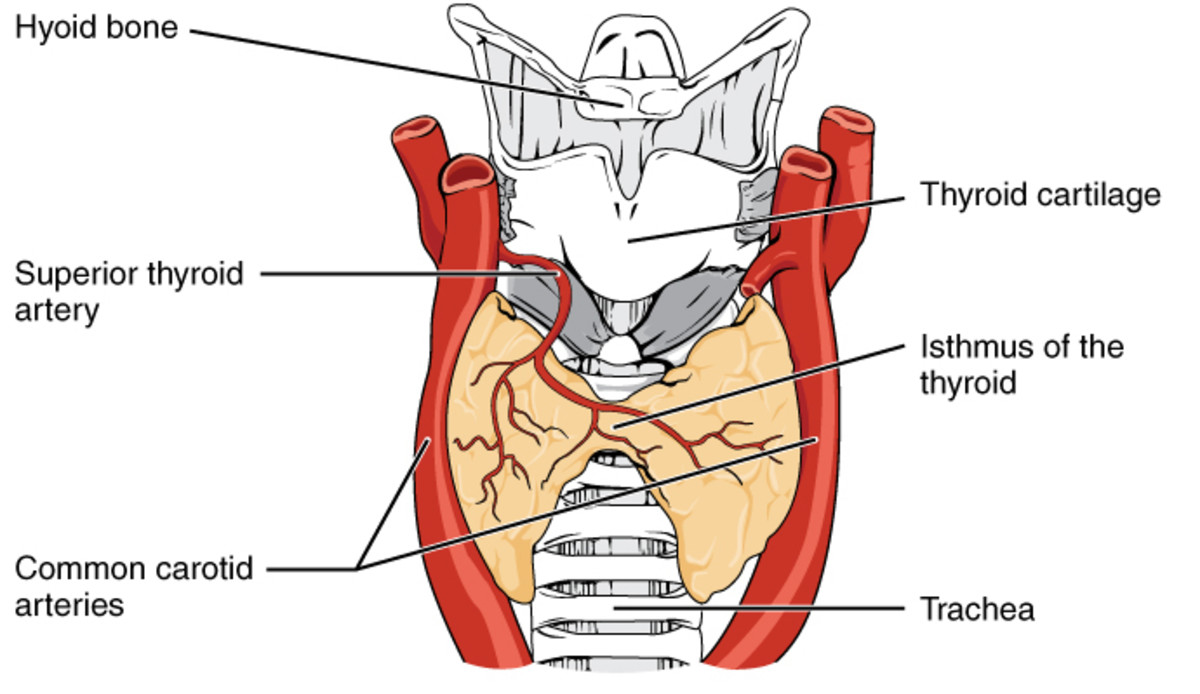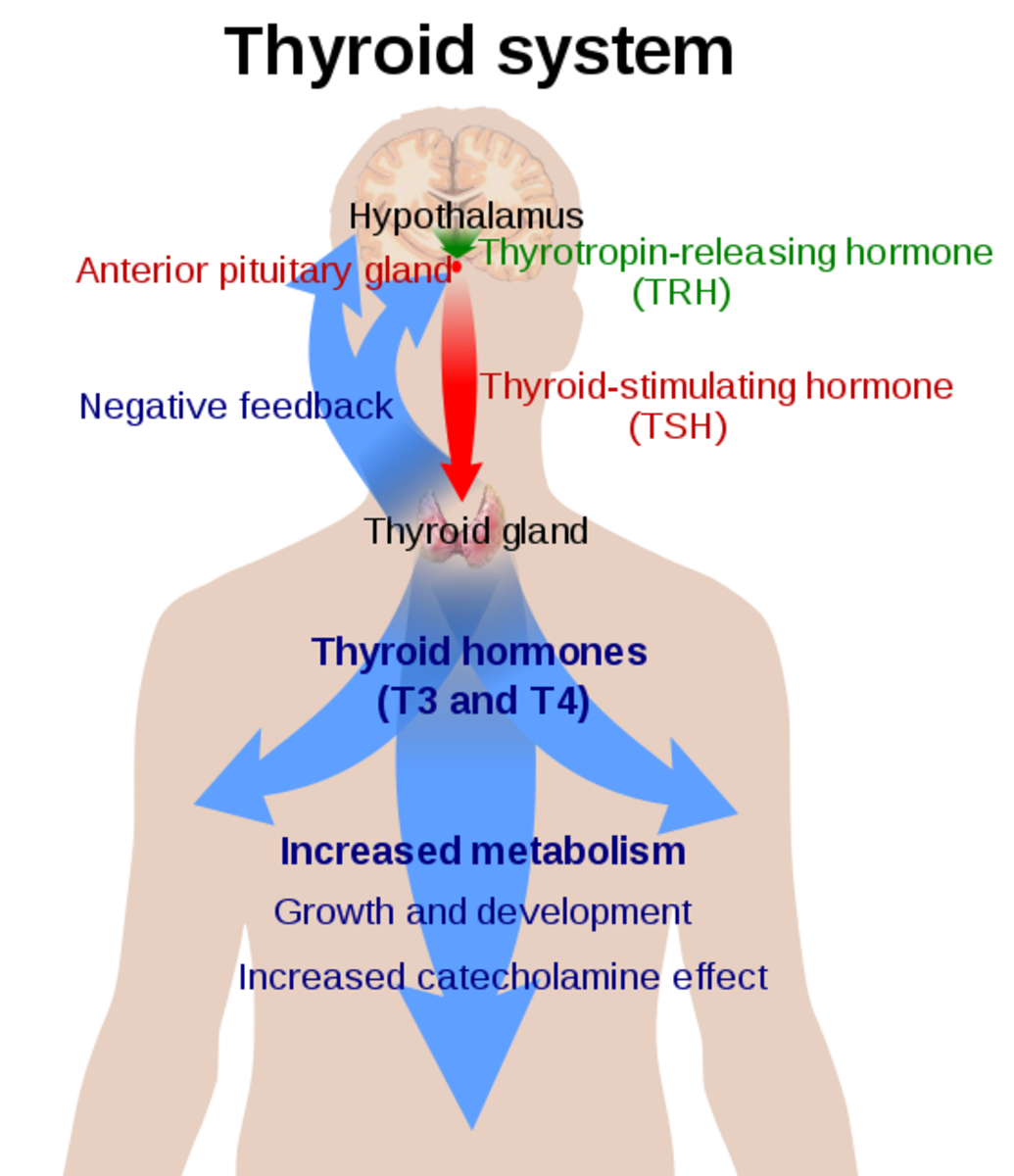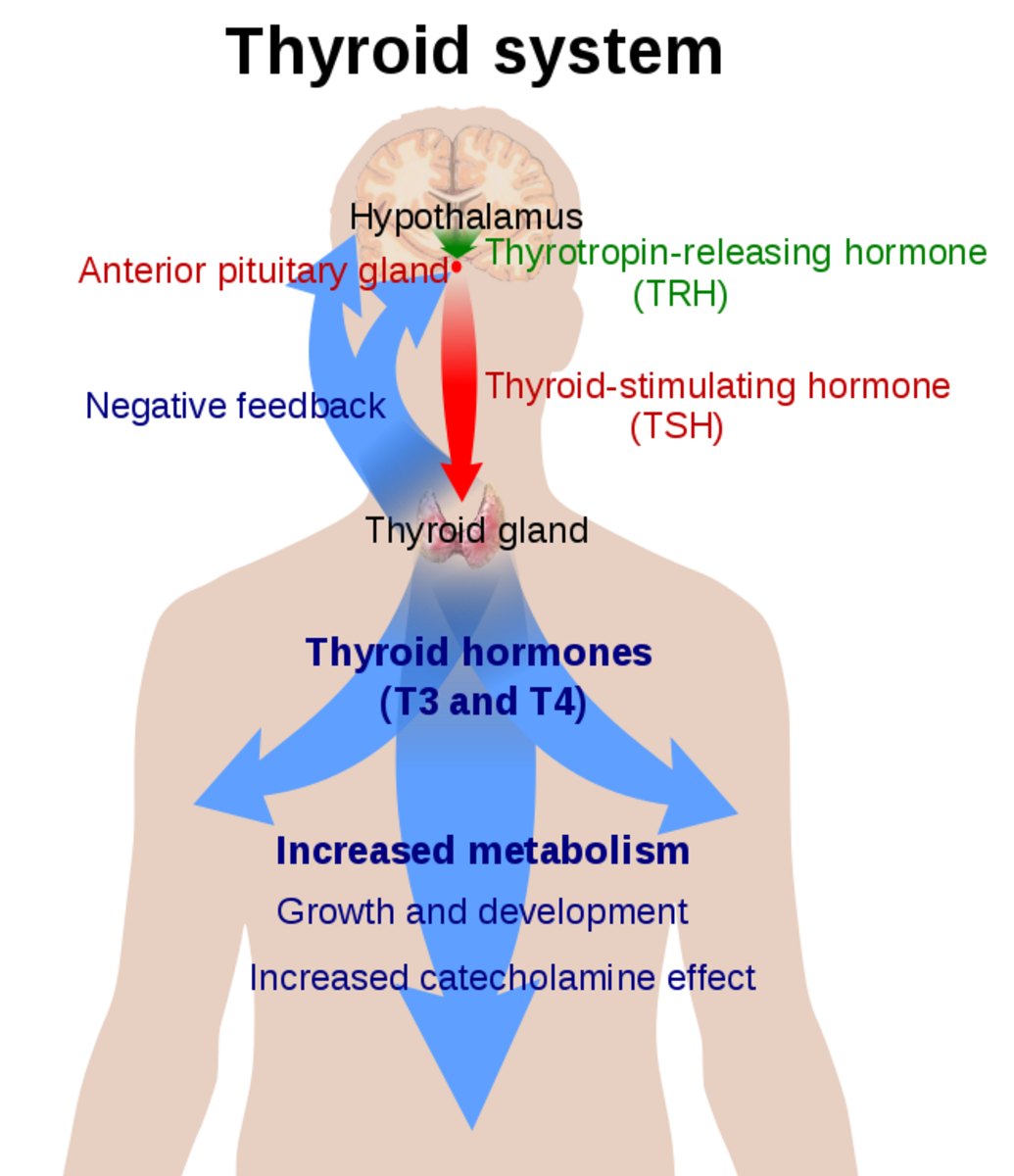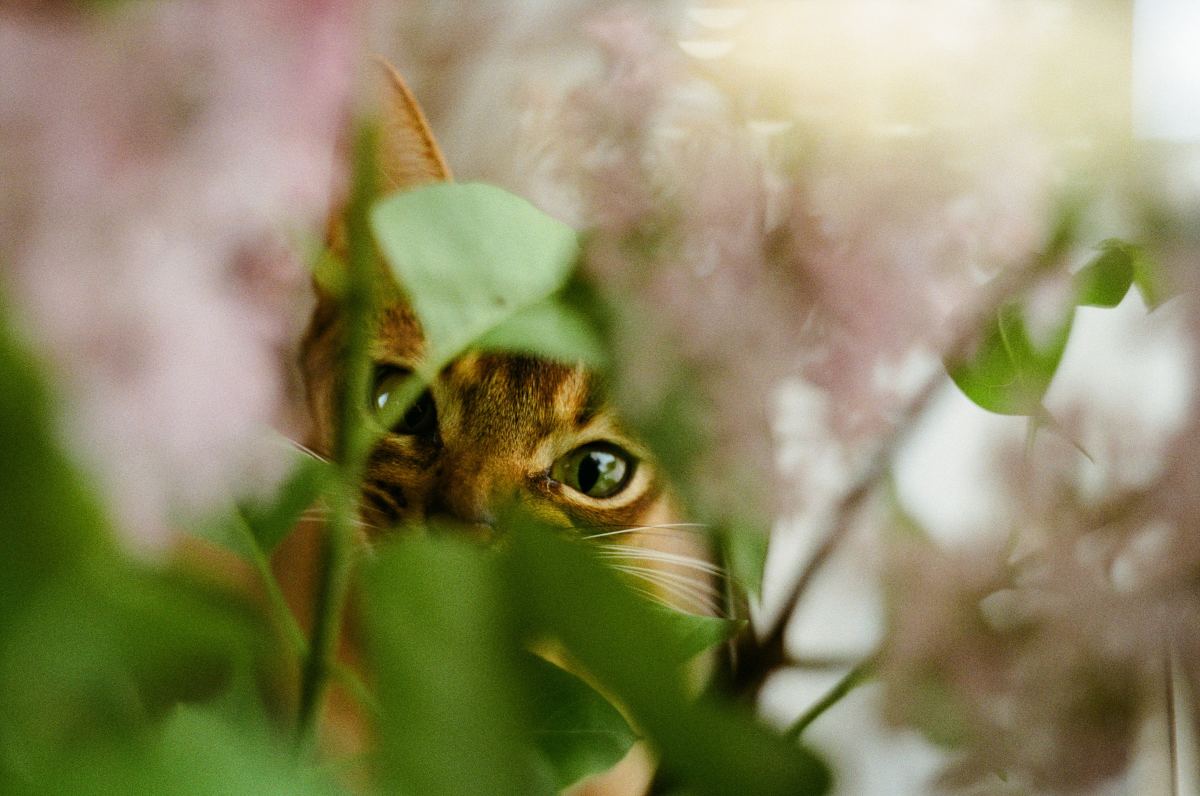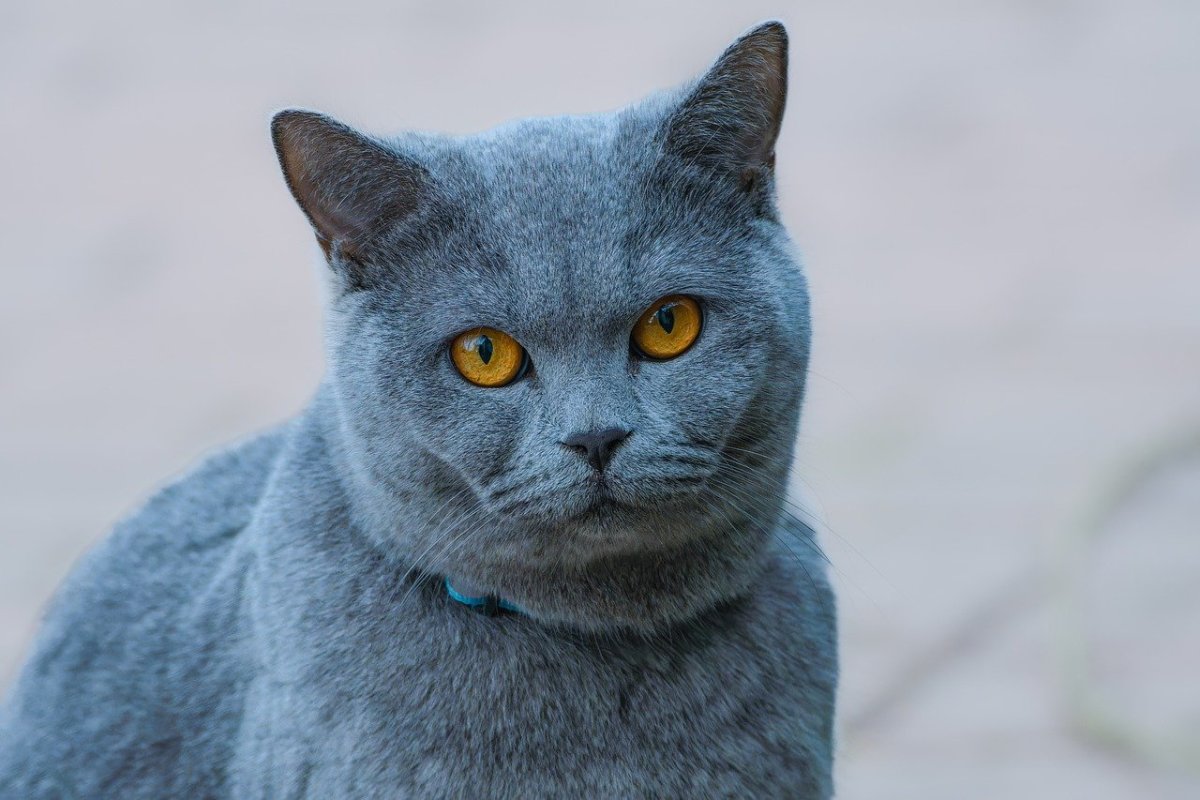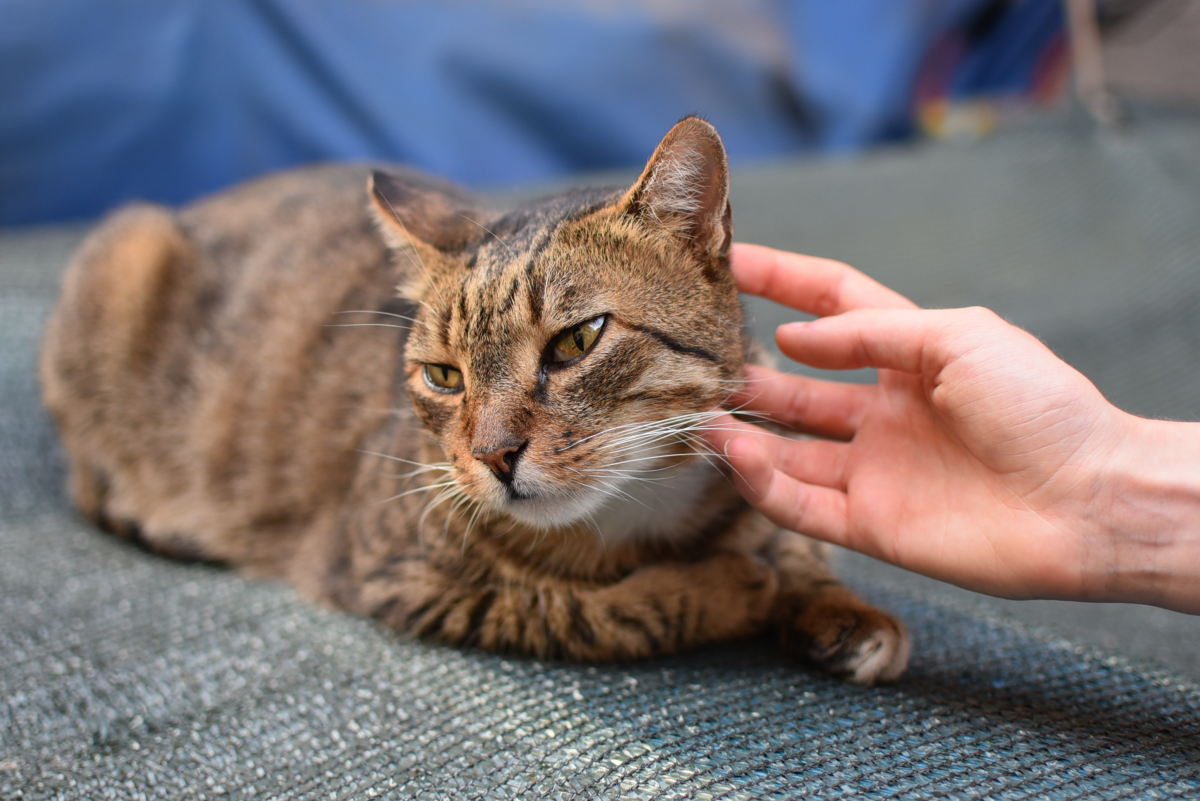What Causes Hyperthyroidism in Cats?
Overview of Hyperthyroidism
For details on clinical signs, treatment options and prognosis for cats with thyroid disease, please click here.
A Growing Problem?
Since the first diagnosed case of hyperthyroidism in a cat in 1979, the condition has relentlessly increased in prevalence to become the most common endocrinopathy (or hormone imbalance) seen in pet cats. The excess of thyroid hormones arises as a result of benign hyperplasia (a type of tumour) of the thyroid glands located in your cat's neck.
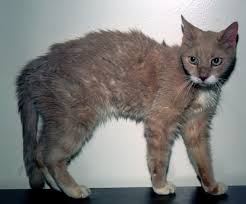
What Causes Hyperthyroidism?
Although the exact process by which hyperthyroidism arises is not yet fully understood, we do have a growing body of evidence to suggest that various dietary and environmental factors can contribute to causing the disease. These suspected factors are outlined in this hub.
Nutritional Imbalances
Feeding commercial cat food (especially canned food) is one of the leading risk factors identified in a number of studies of feline hyperthyroidism. Soy proteins are used as source of protein to 'bulk up' cat food, particularly cheaper or lower quality food. This is in spite of the fact that these proteins are well known as disruptors of thyroid function in both humans and animals, affecting both the formation and activation of thyroid hormones. An initial study into the role of soy proteins in feline hyperthyroidism documented an increase in circulating thyroid hormone levels, but longer studies will need to be performed for confirmation.
Iodine is the most essential nutrient for normal thyroid function. The iodine content of commercial foods varies wildly, ranging from being deficient to being massively excessive. This variation is likely to affect thyroid function negatively, and is another very likey contributing factor.
Selenium is another dietary mineral which, if deficient, causes disruption to the function of the thyroid, with excess levels of inactive hormone found in the circulation. Neither the changes seen with iodine or selenium explain the development of hyperthyroidism in isolation, but their combined effects are not yet fully understood.
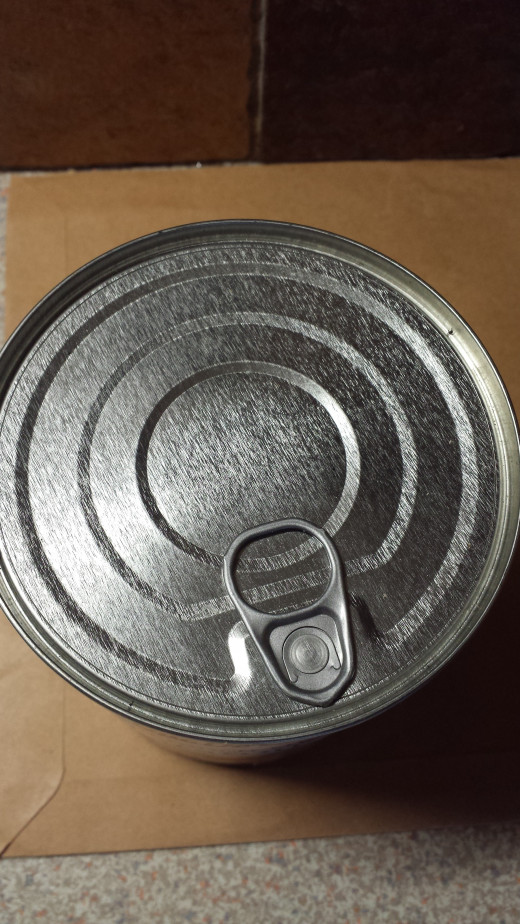
Toxins Causing Hyperthyrodism
Bisphenol A (BPA) is a resin used to line food cans, particularly cans of the 'pop top' or ring-pull type. It is also added to many hard plastics used in food and water containers. There is ample evidence in humans that it serves to disrupt thyroid and reproductive function in humans and many animals, as well as potentially contributing to diabetes, heart and liver disorders. BPA 'leaches' into the can's contents and is then ingested in the food.
Polybrominated diphenyl ethers (PBDEs) are flame retardants used in furniture, electronics, textiles, and other household items. Like BPA, they have been proven to cause thyroid dyssfunction.
BPA and PBDEs are found throughout our environment due to pollution from commercial and construction enterprises. Like our cats, we are being constantly exposed to their effects.....
Feeding Poll
What diet was your cat eating before developing hyperthyroidism?
Water Quality
Many suspected or confirmed carcinogenic (cancer-causing) or endocrine-disrupting chemicals and minerals may be found in domestic water samples. Analysis of your home water supply would be ideal, again to ascertain what both yourself and your cat are being exposed to, but failing this, using a good quality water filter will suffice. Filtered water is often of superior quality to many bottled waters.
Use of Cat Litter
Although using cat litter has been associated with the development of an overactive thyroid, the evidence is quite weak, and any association is more likely due to an indoor lifestyle and exposure to the elements mentioned above. However, it would seem prudent to avoid using litter which has been treated with deodorizers or colorants. Biodegradable or organic litter would be a better choice, as these are less likely to be a source of thyrotoxic chemicals.
Incidence of Feline Hyperthyroidism
Hyperthyroidism is more common in certain parts of the world, such as the UK, United States, Canada, Japan, and Germany. In these areas it accounts for around 10% of all illness in cats over 8 years of age.
However, it is much less common in other areas, for example Spain, where the incidence is below 2%.
Tips To Prevent Your Cat Developing Hyperthyroidism
Based on the evidence discussed above, there are a number of steps which owners may take to reduce the likelihood that their pet cat will go on to develop an overactive thyroid. We do not as yet have all the answers for this condition, and it may be that even after following all of these recommendations that a proportion of cats would develop the condition regardless. However, common sense dictates that the incidence of the disease should certainly be greatly reduced.
Diet:
- Avoid excessively high or low levels of iodine (recommended daily allowance 25-100 micrograms per day).
- Avoid diets high in soy proteins.
- Avoid plastic-lined food cans, plastic bowls, and plastic food containers.
- Consider feeding a home-cooked diet, but consulting with a veterinary nutritionist is recommended, as it can be very difficult to create a nutritionally balanced diet for cats.
Water:
- Use filtered water in a ceramic or glass bowl.
Cat Litter:
- Try to use litter free of deodorizers or other additives.
- Use litter made of natural, biodegradable substances such as wood or clay.
Environment:
- Reduce environmental pollutants by using a HEPA-filtered vacuum cleaner.
- Wipe your cat down at least once a day with a damp glove or cloth to remove particles from the haircoat which would be ingested while grooming.
- Reduce the use of chemical cleaning agents and air fresheners in the home, opt for natural alternatives (eg lemon juice) where possible.


